When Lori Lindberg took her position as archivist at Cummins’ Heritage Center, she knew she had a lot to do.
“There is 30 years of work here,” she told a group of media members from acros the United States who toured the facility Aug. 13. The building houses the company’s entire history — in addition to an engine plant.
Artifacts under Lindberg’s care range from restored vehicles and engines to original contracts and correspondence that trace the history of the development of Cummins as a company from its founding in 1919 to today.
Famously known for powering one out of every three (or four, depending on who one might ask) tractor-trailer rigs on the highway today, this company’s history not only touches heavy-duty trucks; it has also been integral to the automotive industry as a whole. Cummins engines have even been represented at the Indianapolis 500.
Clessie Cummins (1888-1968), co-founder of the company first used his diesel engine to propel his personal 1936 Cadillac Fleetwood. The convertible was powered by a gasoline engine when he bought the car, but he soon replaced the engine with a Cummins Model A.
Powered by that engine, the car made numerous trips Fort Meyers, Florida, “with no issues” according to the information placard that accompanies the car’s display in the Heritage Center. “Clessie often took the opportunity to brag about his car’s fuel economy and advertise for Cummins despite being on his personal time,” the information reads.
In the mid-1930s there was an internal dispute about the speed of two different types of diesel engines were faster — the two-stroke engine or four-stroke engine.
Clessie Cummins decided that the proper proving ground was the Indy 500.
“By 1928, I was almost positive that the four-cycle design would be our standard,” he said in his memoirs. “To settle the question permanently, I announced we would test the two-cycle and four-cycle engines side by side under common operating conditions.
“The easiest method to accomplishing this, I decided, would be to enter two identical race cars in the 1934 Memorial Day race at Indianapolis,” he continued. “The cars would be identical in every detail — with the exception that one would be powered by a four-cycle engine while the other would have a two-cycle engine.”
According to Cummins’ records, the four-cylinder, two-cycle car No. 5 started the race in the 29th position and finished in 12th place with “significant wear on the engine.”
The four-cylinder, four-cycle engine, on the other hand, started in the 22nd position, but didn’t not finish due to transmission failure; minimal wear was noted on the engine.
“Back at the factory in Columbus, we tore down both engines … and carefully examined each for wear. The four-cycle was barely ‘broken in,’” Clessie Cummins is recorded as saying. “But the other engine was in pitiful shape. We all agreed to abandon the two-cycle research.”
Cummins ran cars with diesel engines in the 1950s as well.
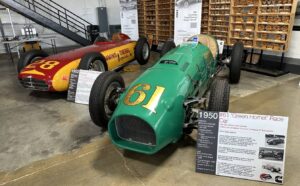
In 1950, racing driver Jimmy Jackson picked the green and gold colors of the Cummins No. 61 car in honor of his old high school. The Green Hornet set six official world records and was the first to use Clessie Cummins’ prototype PT fuel system at the Bonneville Salt flats after a mechanical failure at the Indy 500 forced Jackson out of the race.
In 1952, the Cummins’ Diesel Special No. 28 was driven by Freddie Agabashan in the Indy 500 from the pole position. It was the first turbocharged engine to run in the Indianapolis 500 and was the first lay-down roadster chasis and was the first to be wind tunnel tested.
Those are just a few examples of how the innovation of Cummins changed the automotive industry. That continued in 1989 when Cummins began putting diesel engines in Dodge Ram pick-up trucks and are instrumental in the innovation of engines that are powering 18-wheelers worldwide.
Bruce Guthrie is an award-winning journalist who has lived in three states including Arkansas, Missouri and Georgia. During his nearly 20-year career, Bruce has served as managing editor and sports editor for numerous publications. He and his wife, Dana, who is also a journalist, are based in Carrollton, Georgia.







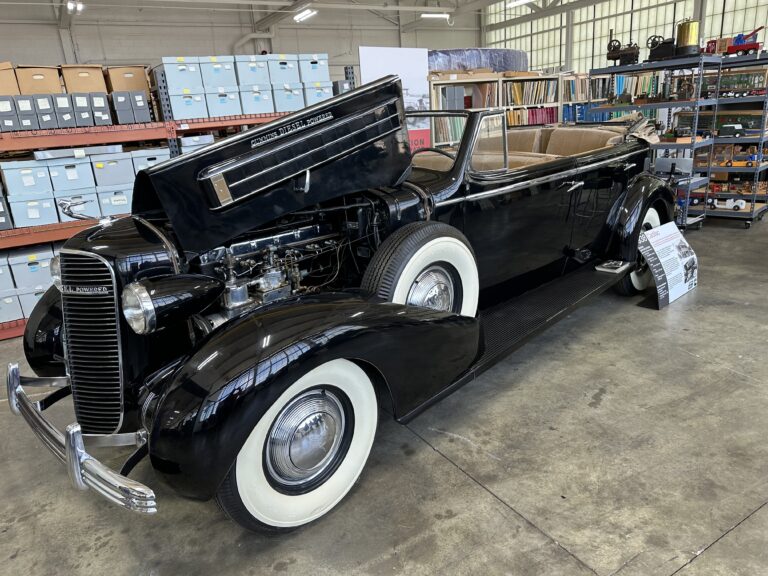


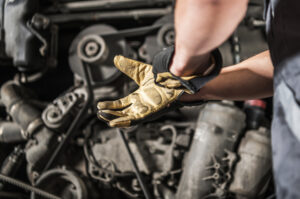
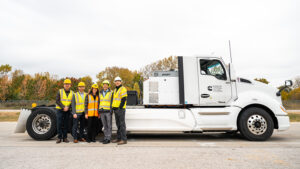
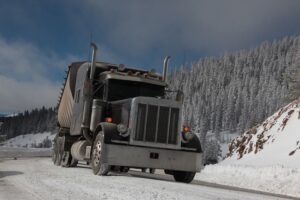


Thanks for the shoutout, Bruce! It was a pleasure to meet you and show you the treasure and share some of our many stories we have here at the Cummins Heritage Center. Hope to see you again.